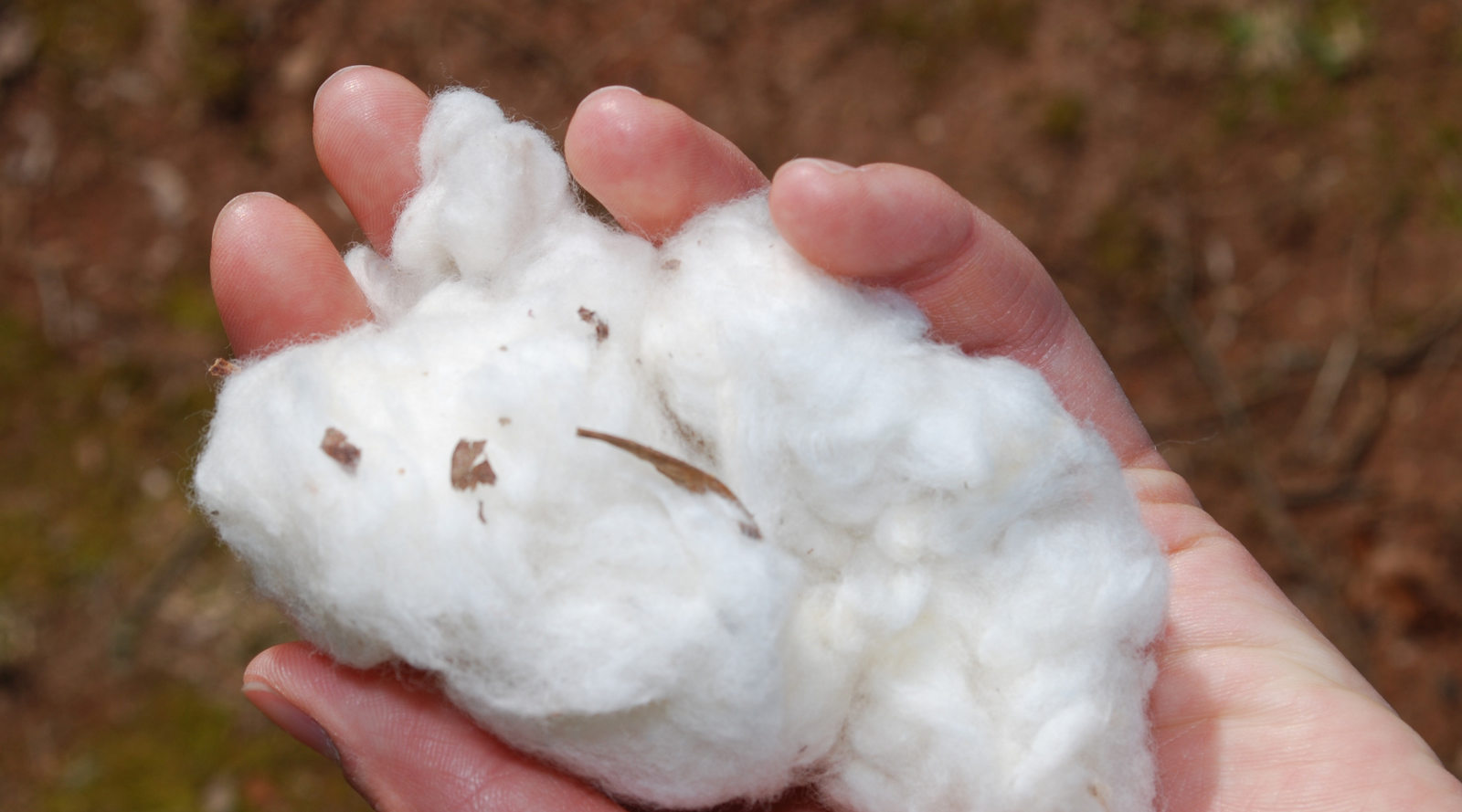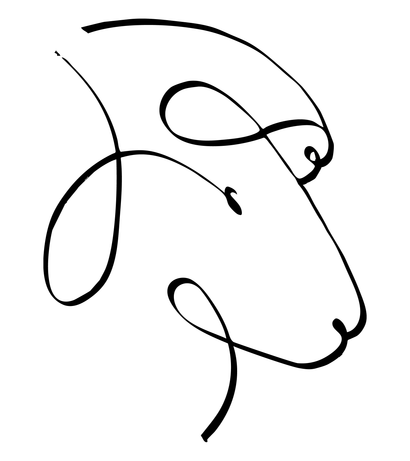Free shipping on all domestic orders over $150
Free shipping on all domestic orders over $150
Shop
Add description, images, menus and links to your mega menu
A column with no settings can be used as a spacer
Link to your collections, sales and even external links
Add up to five columns
Add description, images, menus and links to your mega menu
A column with no settings can be used as a spacer
Link to your collections, sales and even external links
Add up to five columns

Cotton yarn - Plant-based fibers series Part I
May 08, 2020 4 min read 1 Comment
As we move into warmer weather, we start looking at plant based fibers for our hand-knit garments. You can totally wear a smooth, high-twist merino in the summer, but when most people think of summer knitting, they think of plant-based yarns. Cotton, linen, and hemp are the three main plant based fibers you’re likely to see in handknitting yarns. Over the next couple of posts, I’ll give you a quick primer on each one, including what makes them awesome and how to ensure you have the best experience working with them. First is cotton.
What differentiates good quality cotton from poor quality cotton?
Like wool, one of the key ways cotton is judged is its staple length, or the length of a strand of the unspun fiber. Good quality cotton such as Sea Island cotton, Pima Cotton, and Egyptian Cotton have staples that are at least 28 mm long and can reach up to 50 mm in length. These are your finest quality cottons
What does fiber length matter in knitting yarn?
Short staples have lots of ends exposed, and the yarn must be twisted very tightly to hold all those little pieces in place. The tight twist makes the yarn feel hard, and the ends sticking out make it feel scratchy and give the yarn a "linty" worn appearance. Yarns spun from longer fibers have far fewer ends exposed and can be spun more gently giving those yarns a soft pleasant hand. Garments knit from quality cotton yarns last longer, and the fabric has better stitch definition than cheaper cotton yarns.
How is it to knit or crochet with cotton yarn?
Unlike wool yarn, cotton yarn is not bouncy or stretchy. If you cut a length of wool yarn and pull on each end, you can stretch it out in length up to 30%. When you let go, wool yarn will spring back to its original length. Cotton yarn has no such stretch. What that means in your knitting or crochet is that you need a smaller needle to get the same gauge that you would if you were working in wool. So if you’re using cotton in a pattern designed for wool, you may need to go down a needle size or two. Also, you may find that some cottons, especially unmercerized cottons, have a little more drag, and you might be happier with an Addi turbo or Addi Rocket needle for smoother knitting. Mercerized cottons and cottons blended with microfiber may feel slipper, and you’ll want to use a bamboo or birch needle.
What is mercerization, or why do some cotton yarns look shiny and some look matte?
While there are inherent difference in luster among varieties of cotton, the most notable difference between cotton yarns is whether or not it's mercerized. Mercerized cotton yarns have been treated first with a strong base and then neutralized with a strong acid. This process strengthens the yarn, makes it more lustrous, allows it to take dye more deeply, and minimizes shrinking. It also makes the yarns feel cooler against your skin.
Unmercerized cottons have a softer hand, appear more matte, and require a smidge more care when laundering. They are cozier. Which you choose is personal preference. One is not better than the other-- they're just different.
How does fabric knit in cotton yarn behave?
As I said above, wool yarn is bouncy, cotton yarn is not, and that goes for the fabric you knit with it as well. This characteristic can be a real plus for certain kinds of fabrics and styles of garments. For instance, cotton hand-knit fabrics tend to curl less at the edges, which means you can cast on and go right into stockinette without having to work ribbing or garter stitch border to keep the fabric from rolling up. This characteristic is perfectly suited lighter weight summer garments that you might naturally want to feel less structured.
What different types of cotton yarns are there?
Cotton yarns are predominantly spun and plied into a standard round yarn for knitting. They are sometimes mixed with other fibers to enhance certain characteristics or create a particular look or add durability. Modern mill techniques give manufacturers lots of new ways to spin cotton fibers in to all sorts of different yarns. Some cotton yarn is flat and tape-like so that you can work it up on a larger needle or hook but still have a light fabric. Many cotton yarns today have a chainette construction which gives them more of the kind of elasticity you expect from wool yarns. They are a pleasure to knit and make a beautiful garment with both drape and memory.
Here are some of my current favorite cotton yarns for this season.
- Summerlite dk and Summerlite 4-ply from Rowan – Two classically plied, cottons with a soft hand and a silky feel thanks to a light brushing after the yarn is spun
- Cumulus from Juniper Moon – Soft as a cloud, this worsted weight cotton blend also has a chainette construction for a light feel that is dreamy to knit or crochet
- Cotton Cashmere – A lovely soft yarn with 15% cashmere for softness gives this yarn a beautiful slightly heathered appearance – like your favorite pair of faded denims
- Inca Eco from Galler Yarns– a super lovely heavy worsted weight organic cotton with a slight thick and thin texture. Its gentle spin gives it a lovely loft and the softest hand ever. Makes a great all season garment.
There are tons of others I love, but these are a few of my favorites.


Risa Filbey
May 18, 2020
This really helps! I started knitting dishcloths with cotton yarn and hated how rope-like and harsh they felt to knit. I quickly switched to acrylic and wool. But later, I wanted to find a fiber that I could still use for dishcloths. I found a printed organic cotton from Blue Sky Fibers, but would love to try the Cumulus from Jupiter Moon, too!